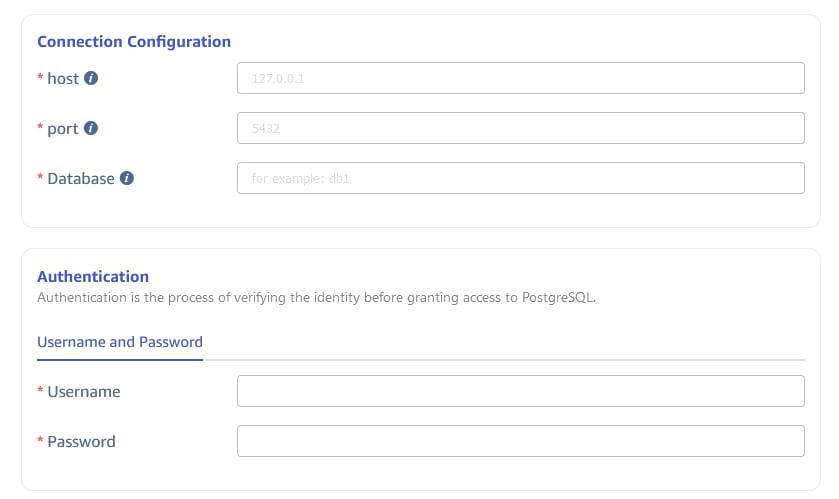PostgreSQL is renowned for its robust capabilities as an open-source client/server relational database management system (RDBMS). It boasts many features commonly found in large-scale commercial RDBMSs, including transactions, sub-selects, triggers, views, foreign key integrity, and sophisticated locking mechanisms. As the demand for efficient handling of time-series data grows, especially within IoT and industrial applications, traditional RDBMS like PostgreSQL encounter limitations that can hinder performance and scalability.
Challenges of Storing Time-Series Data in Relational Databases
While PostgreSQL offers extensive functionality, using it to store and manage time-series data presents specific challenges:
- Low Read/Write Performance for Massive Time-Series Data: As data scales, the performance of traditional RDBMS tends to decline, especially for read/write operations of large time-series datasets.
- Limited Distributed Support: Handling data distributed across various nodes is often cumbersome and inefficient in traditional relational databases.
- Decreased Query Performance with Increased Data Volume: Larger datasets significantly slow down query response times, impacting operational efficiency.
- Need for Custom Development for Time-Series Analysis: Specific time-series analysis requires additional development efforts to implement using standard SQL features.
Seamless Migration from PostgreSQL to TDengine
TDengine addresses these issues by offering a dedicated PostgreSQL Connector, designed to efficiently migrate and synchronize data from PostgreSQL to TDengine. This connector enables organizations to leverage the strengths of both systems—maintaining the robust feature set of PostgreSQL while gaining the specialized time-series data handling capabilities of TDengine.
The migration process involves three straightforward steps, all manageable via the enterprise version of taosExplorer:
- Configure Connection Information: Set up the connection details to access the PostgreSQL database.
- Configure SQL Information: Define the SQL queries to extract the relevant time-series data from PostgreSQL.
- Perform Data Mapping: Map the data fields appropriately from PostgreSQL to TDengine, ensuring data integrity and consistency.

Key Features of the TDengine PostgreSQL Connector
TDengine’s PostgreSQL Connector is equipped with several features that enhance its utility and effectiveness:
- Support for Historical Data Migration and Real-Time Data Synchronization: Enable both batch and real-time data flows between PostgreSQL and TDengine.
- Checkpoint Resumption: Ensure data migration processes are reliable and can be paused and resumed without data loss.
- Transformer Functionality: Apply transformations to data during migration based on predefined rules to meet the specific needs of the target system.
- Agent Mode Operation: Facilitate deployment in environments without public internet access on the factory side, using agent mode.
- Visual Management Interface: Simplify the management of migration processes with a user-friendly graphical interface.
- Data Compression During Transfer: Reduce bandwidth usage and increase the efficiency of data transfer processes.
- Near-Real-Time Data Synchronization: Achieve second-level latency for real-time data updates, enhancing decision-making and operational responsiveness.
By integrating TDengine’s PostgreSQL Connector, organizations can effectively overcome the inherent limitations of traditional relational databases when dealing with large-scale time-series data. This solution not only streamlines data processes but also enables more sophisticated data analysis and management, paving the way for enhanced operational intelligence and improved data-driven decision-making in a wide range of industries.



